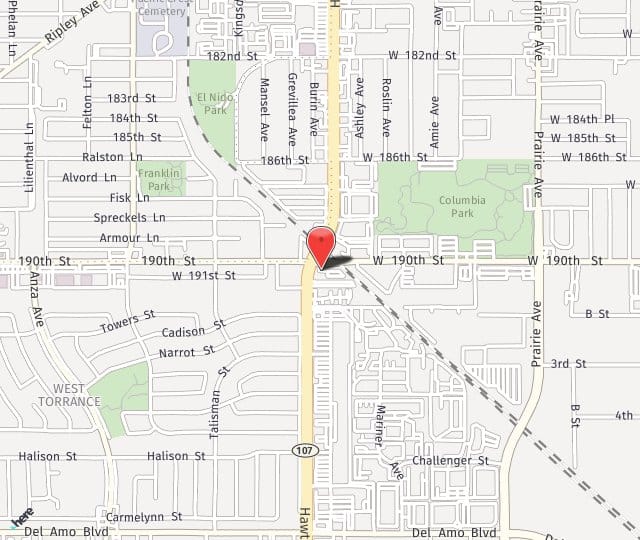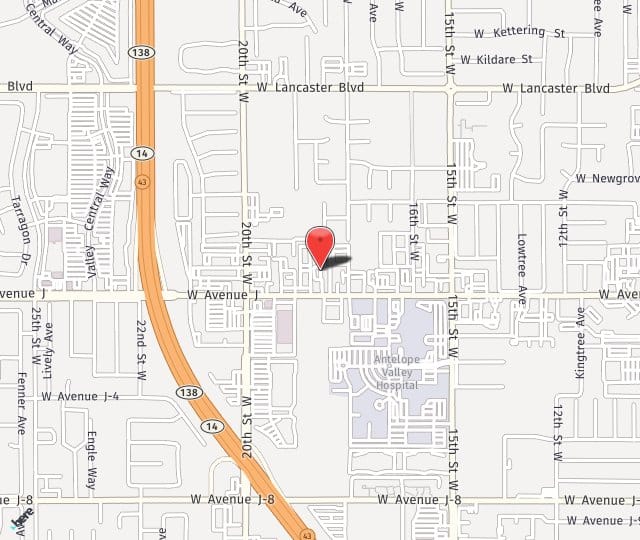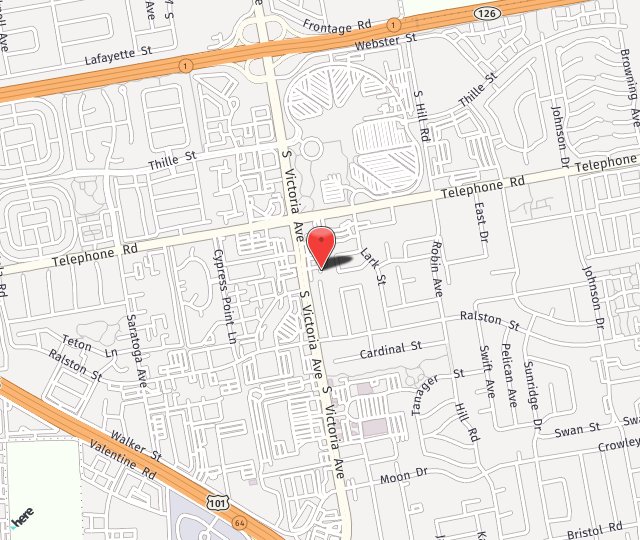What is a Pterygium?
A pterygium, often called “surfer’s eye,” is a benign, wedge-shaped growth of the conjunctiva that extends onto the cornea. It typically develops due to excessive exposure to UV light, dust, wind, or dry conditions. While small pterygia may be managed with lubrication or medication, larger or progressive growths can affect vision, cause chronic irritation, or become cosmetically concerning.
When is Pterygium Surgery Needed?
Pterygium surgery may be recommended if:
- The growth begins to encroach on the cornea and threatens your vision.
- You experience persistent redness, discomfort, or irritation.
- The pterygium recurs frequently or grows aggressively.
- You wish to remove it for cosmetic reasons.
Dr. Shabatian evaluates each case individually and will discuss whether surgery is the best option for you.
About the Procedure
Pterygium surgery is an outpatient procedure that generally takes 30 to 60 minutes. The surgery involves:
- Removing the pterygium tissue from the cornea and conjunctiva.
- Performing an autograft by transplanting healthy conjunctival tissue from another part of your eye to the affected area. This technique helps reduce the risk of recurrence.
- Applying fine sutures or a tissue adhesive to secure the graft.
You’ll be given a local anesthetic with light sedation to keep you comfortable throughout the procedure.
Recovery and Aftercare
Recovery after pterygium surgery is usually straightforward. You can expect:
- Mild discomfort, redness, or blurred vision for a few days.
- Use of prescribed antibiotic and anti-inflammatory eye drops to aid healing.
- Avoidance of dusty, windy environments and sun exposure while your eye heals.
Most patients return to normal activities within a few days, although complete healing can take several weeks.




